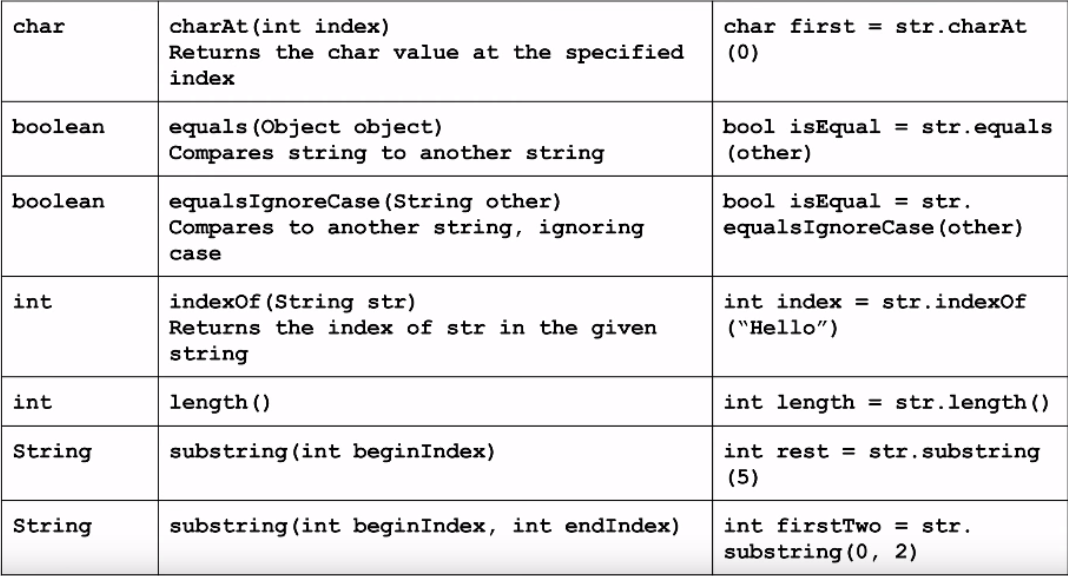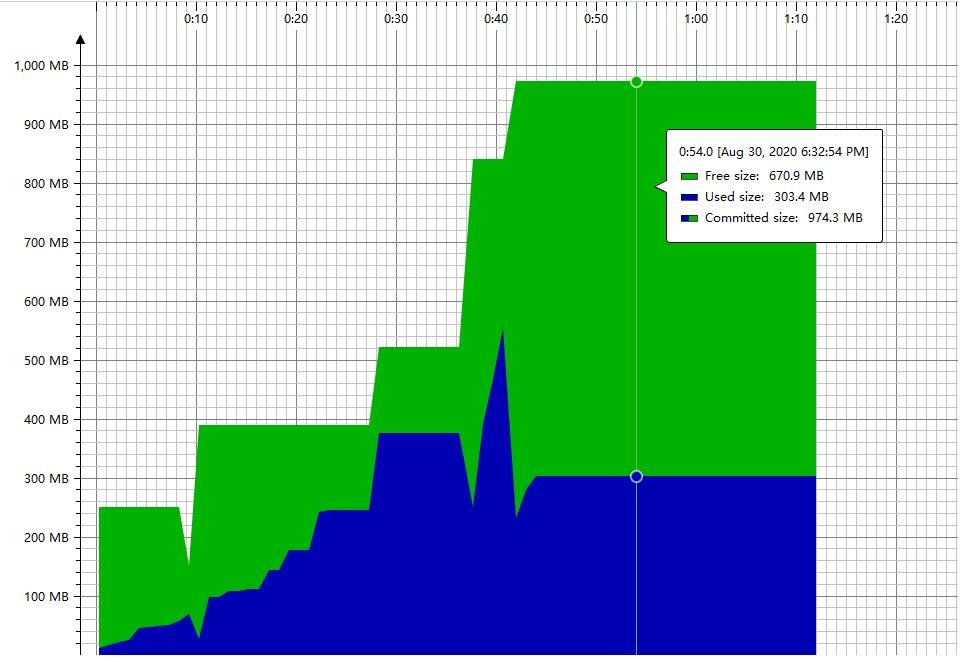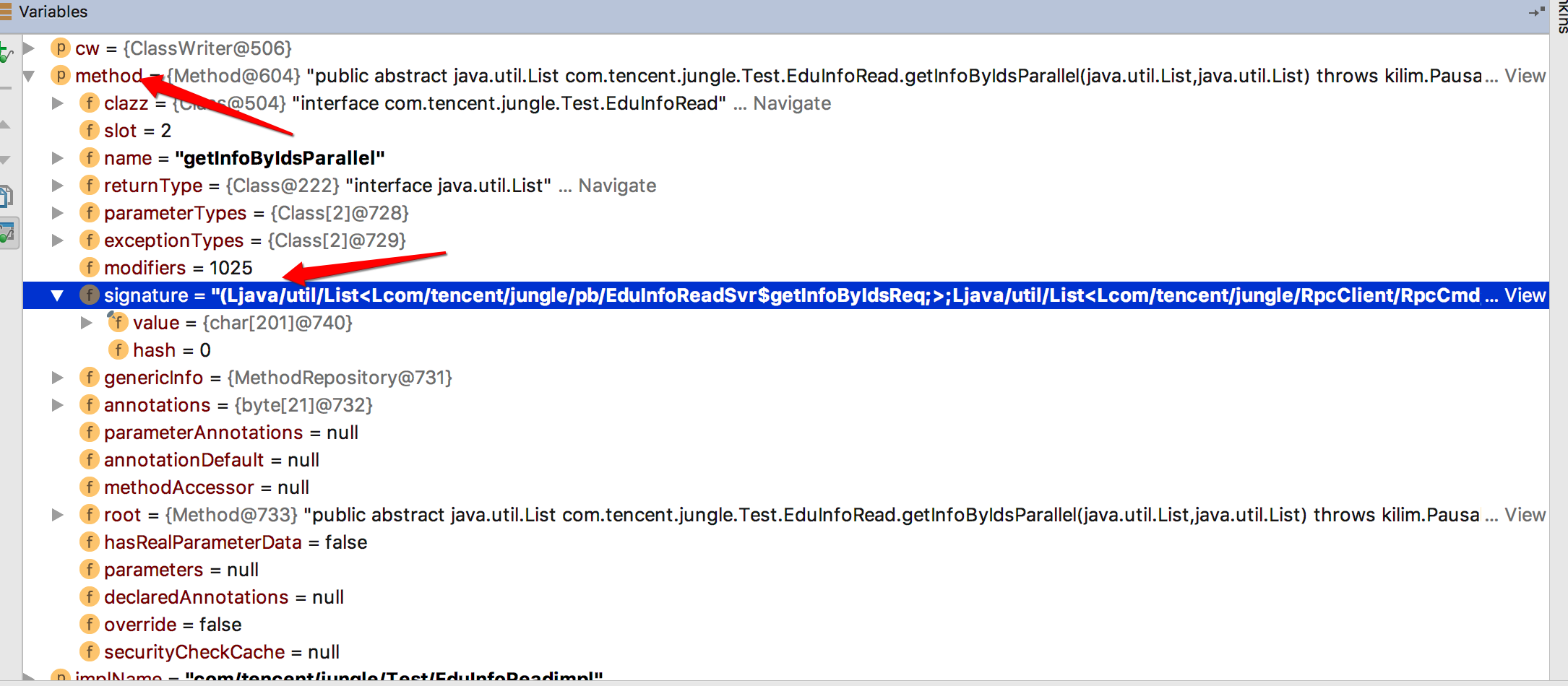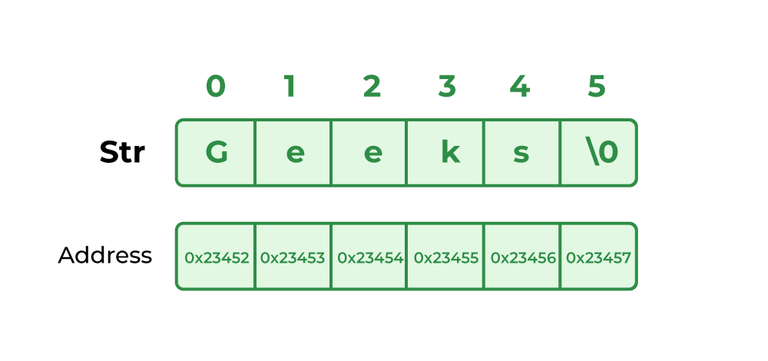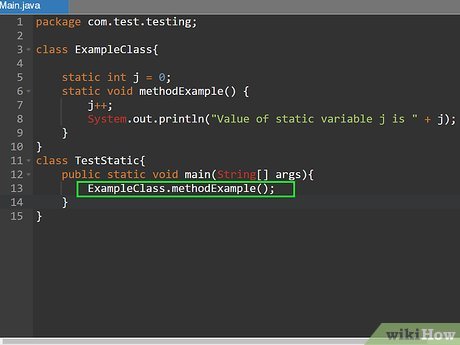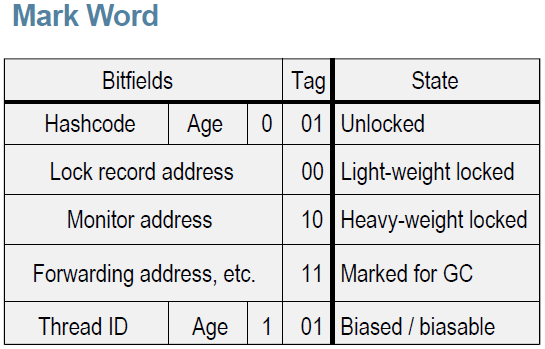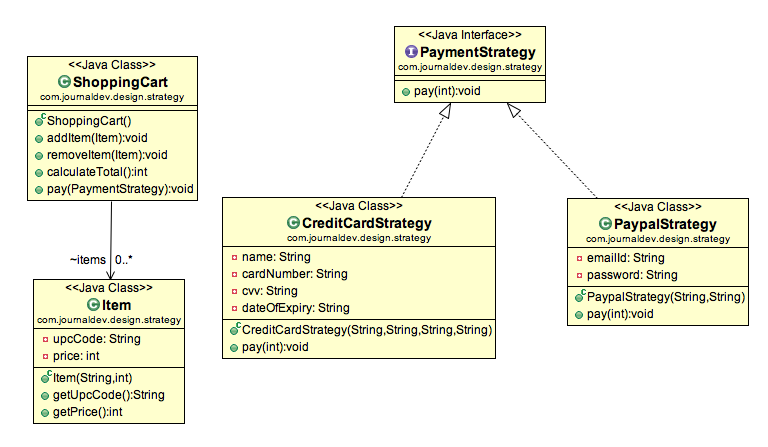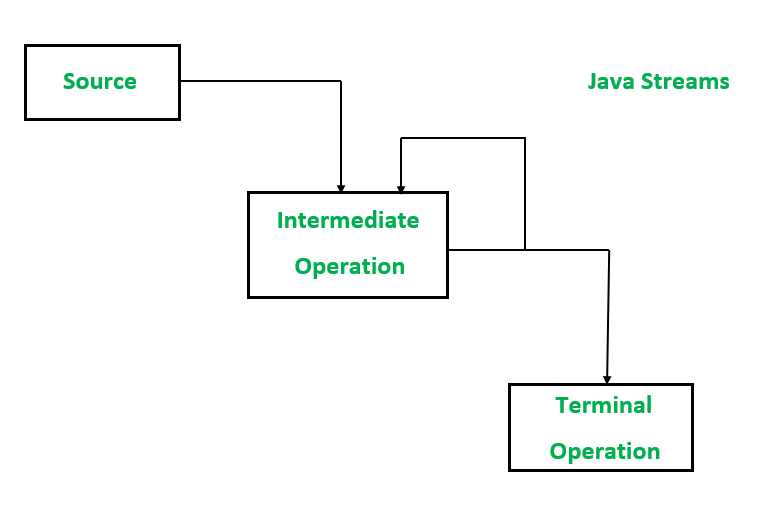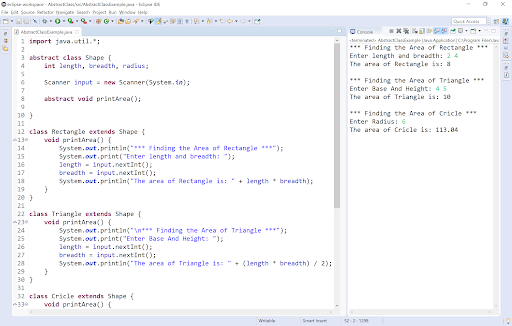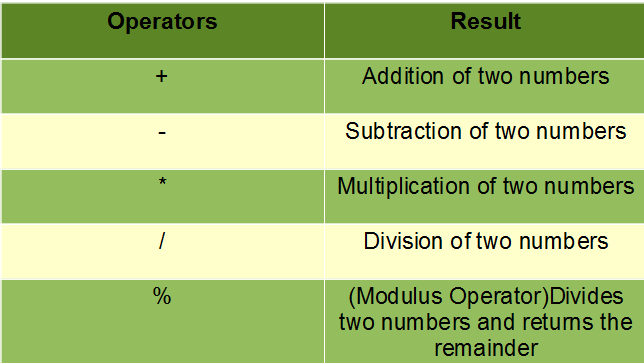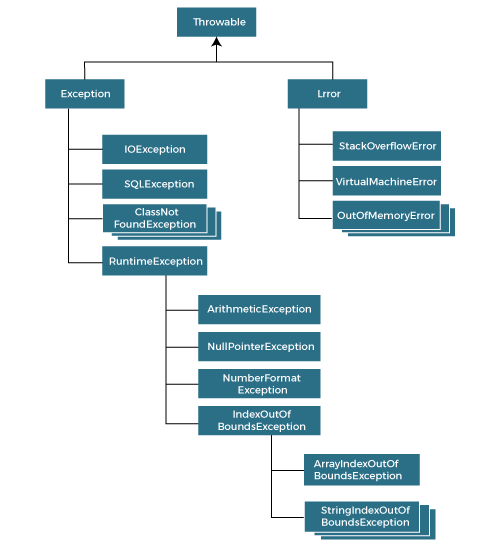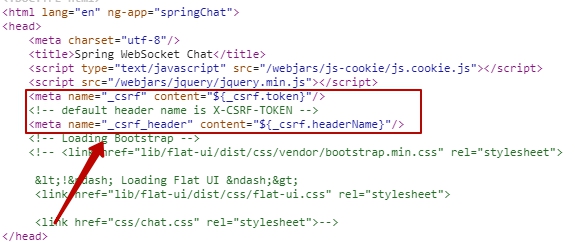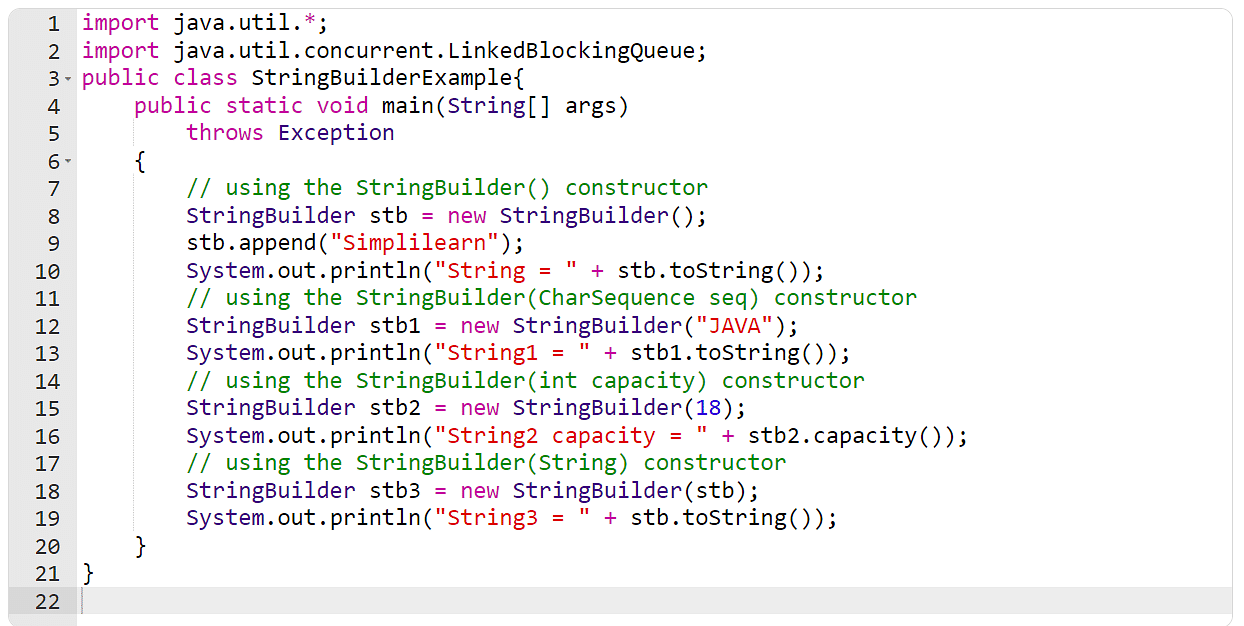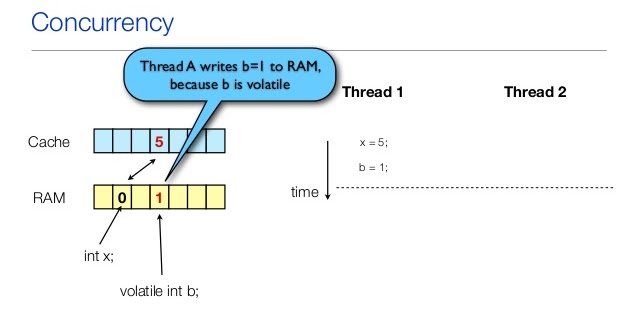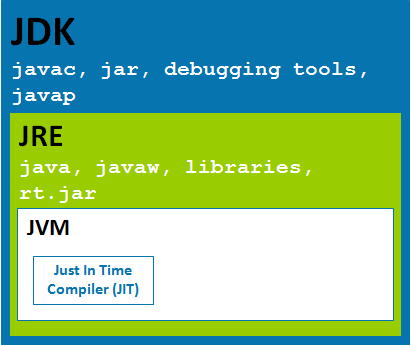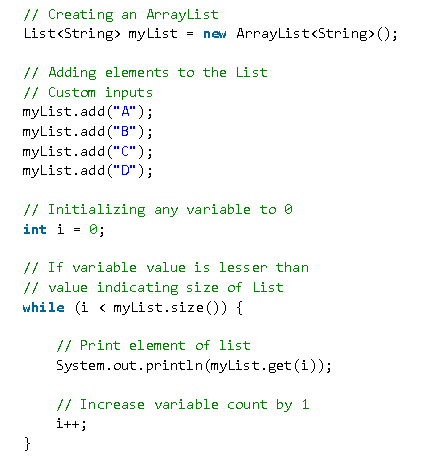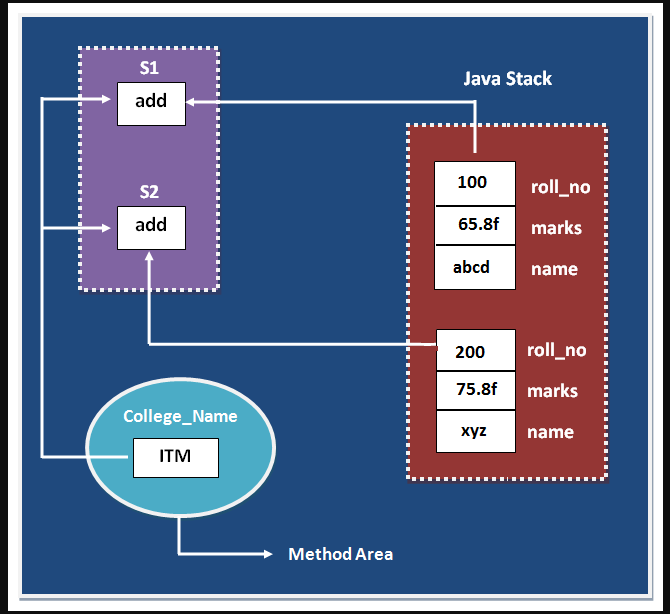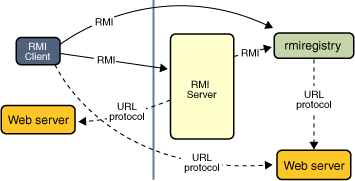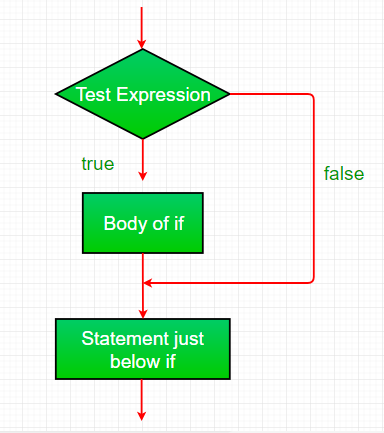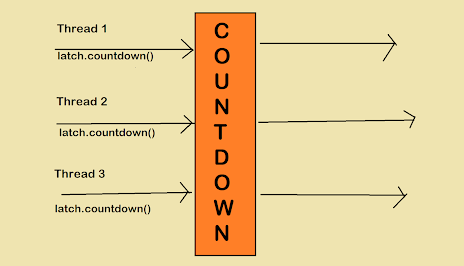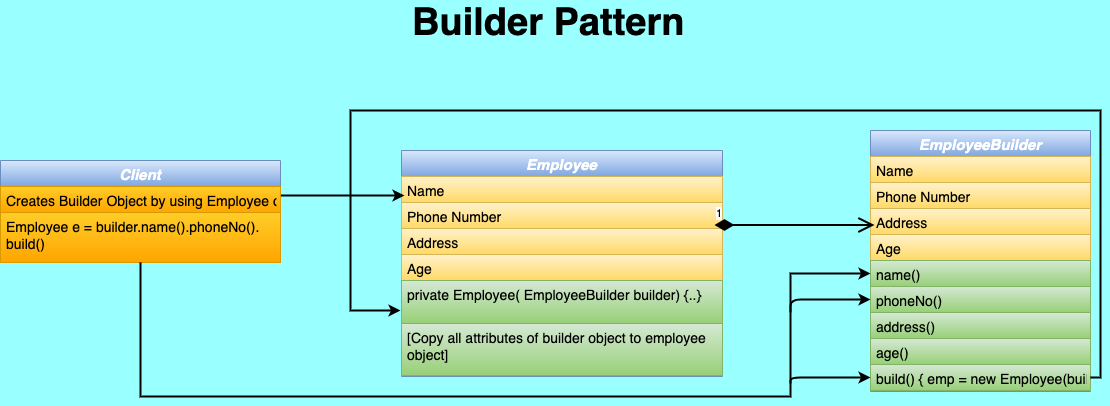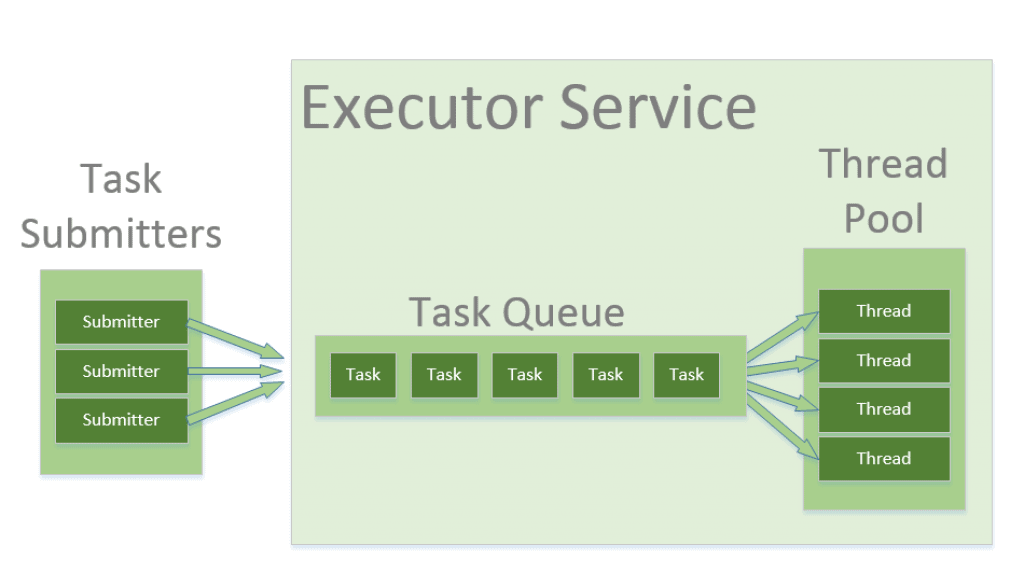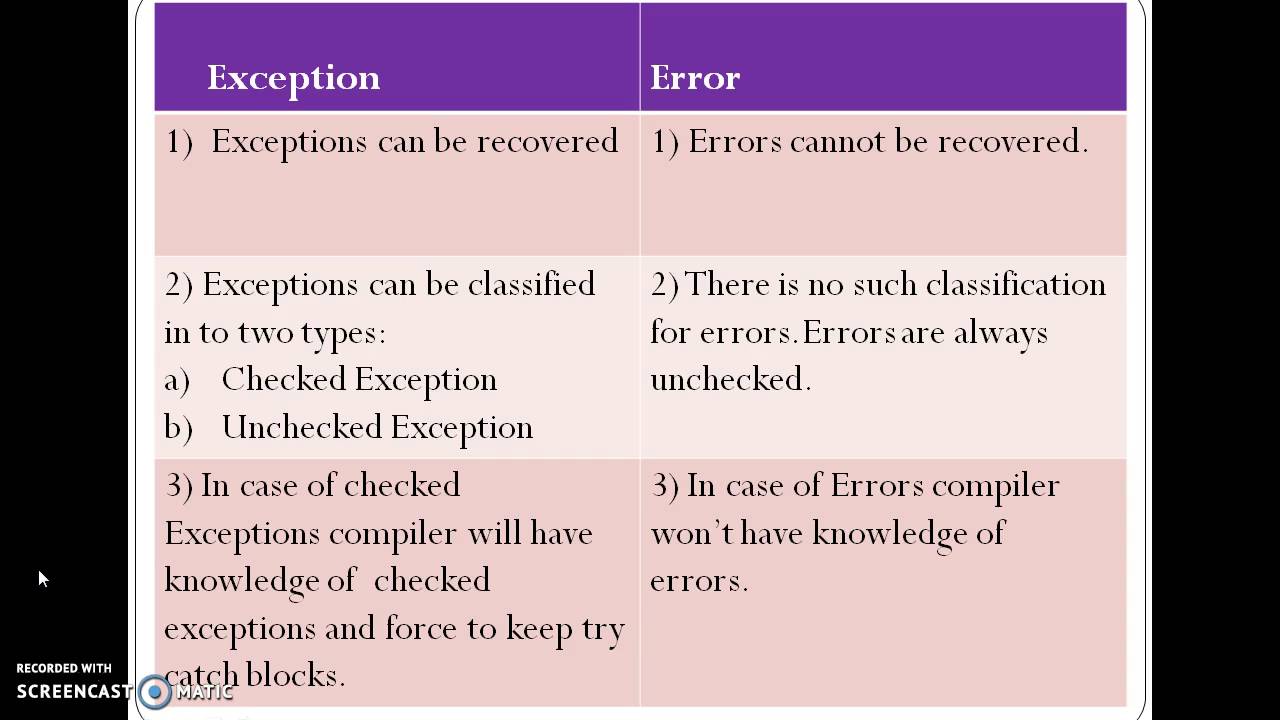What are the 5 functions of string in Java?
What are the 5 functions of string in Java?
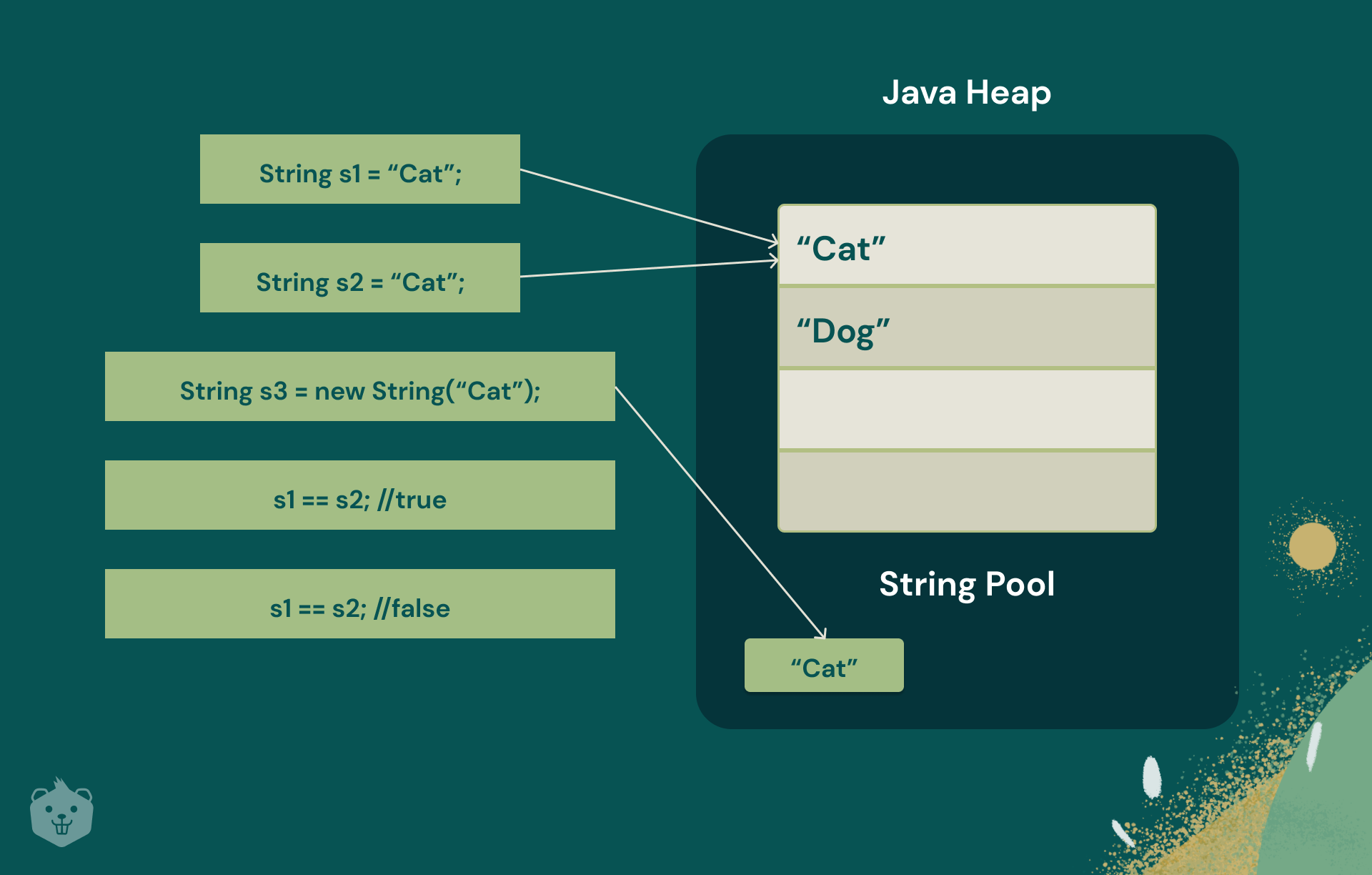
I'd be happy to help! Here's a detailed explanation of the 5 main functions of Strings in Java:
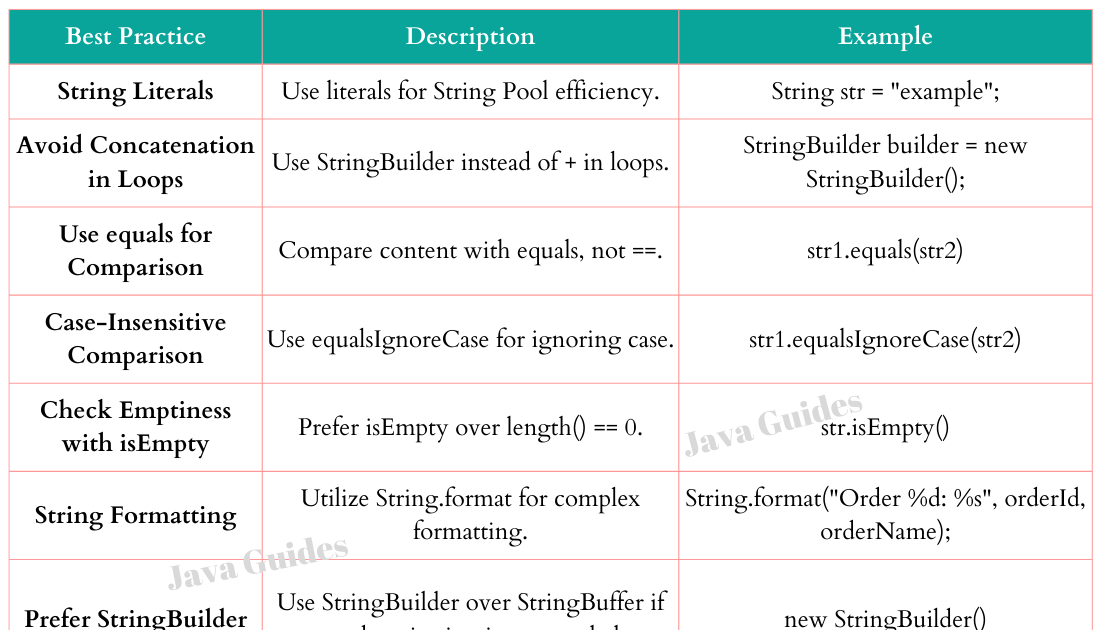
1. Immutable Objects: In Java, strings are immutable objects, which means that once a string is created, its value cannot be changed. This is different from other programming languages like C++, where strings can be modified after they're created. Because strings are immutable, this ensures that the original string remains unchanged, even if you try to modify it.
2. Concatenation: The + operator in Java is overloaded to perform concatenation on strings. This means that when you combine two strings using the + operator, a new string is created that contains the characters from both strings. For example: String str1 = "Hello "; String str2 = "World!"; String result = str1 + str2; System.out.println(result); // Output: "Hello World!".
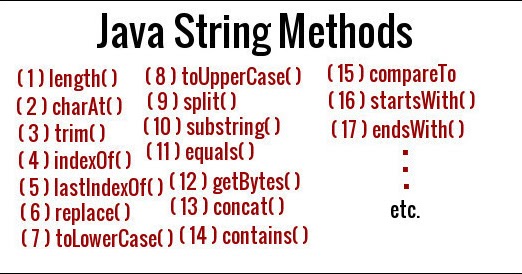
3. Indexing: Strings in Java have indexing capabilities, which allows you to access a specific character or substring within the string. You can use the charAt() method to get the character at a specified index or the substring() method to extract a part of the string.
For example:
String str = "Hello";
char c = str.charAt(0); // c would be 'H'
String substr = str.substring(1, 3); // substr would be "el"
4. Comparing Strings: Java provides several methods to compare strings, including equals(), equalsIgnoreCase(), and compareTo().
The equals() method checks whether two strings are exactly the same, including case sensitivity.
The equalsIgnoreCase() method ignores case while comparing the strings.
The compareTo() method compares two strings lexicographically. It returns a negative integer if the first string is less than the second, zero if they're equal, and positive if the first string is greater than the second.
For example:
String str1 = "Hello";String str2 = "hello";
System.out.println(str1.equals(str2)); // false (case sensitivity)
System.out.println(str1.equalsIgnoreCase(str2)); // true (ignoring case)
5. Pattern Matching: Java's Pattern class and its related classes allow you to perform pattern matching on strings. This enables you to search for specific patterns within a string, such as searching for all occurrences of a particular word or phrase.
For example:
String str = "The quick brown fox jumps over the lazy dog";Pattern p = Pattern.compile("quick|lazy");
Matcher m = p.matcher(str);
while (m.find()) {
System.out.println(m.group()); // prints "quick" and then "lazy"
}
These 5 functions provide a comprehensive set of operations for working with strings in Java. They allow you to manipulate, compare, and search strings efficiently and accurately, making them essential tools for any Java developer.
substring() method in java
Here's an explanation of the substring() method in Java:
In Java, the substring() method is a part of the String class and is used to extract a portion of a string, starting from a specified index and extending for a specified number of characters.
The syntax of the substring() method is as follows:
public String substring(int beginIndex)
or
public String substring(int beginIndex, int endIndex)
The first version returns a new String object that represents the part of this string starting at the specified index and extending to the end of the string. The second version returns a new String object that represents all or part of the string's value, beginning at the specified begin index, and extending up to the specified end index.
Here are some key points to note about the substring() method:
substring() method returns a new String object that represents all or part of the original string's value, starting at beginIndex, and extending up to but not including endIndex. Negative indexing: If you use a negative index, it counts from the end of the string. For example, if the length of the string is 10, -1 would refer to the last character, -2 would refer to the second last character, and so on.
Here's an example of how you can use the substring() method:
public class Main {public static void main(String[] args) {
String str = "Hello World!";
// Extract a substring starting from index 0 and extending for 5 characters
String substr1 = str.substring(0, 5);
System.out.println(substr1); // Output: Hello
// Extract a substring starting from index 7 and extending for the rest of the string
String substr2 = str.substring(7);
System.out.println(substr2); // Output: World!
// Extract a substring starting from index -4 (counting from the end)
String substr3 = str.substring(str.length() - 4);
System.out.println(substr3); // Output: rld!
}
}
In this example, we first extract a substring of length 5 starting from index 0. Then, we extract a substring starting from index 7 and extending for the rest of the string. Finally, we extract a substring starting from index -4, which is equivalent to str.length() - 4.
